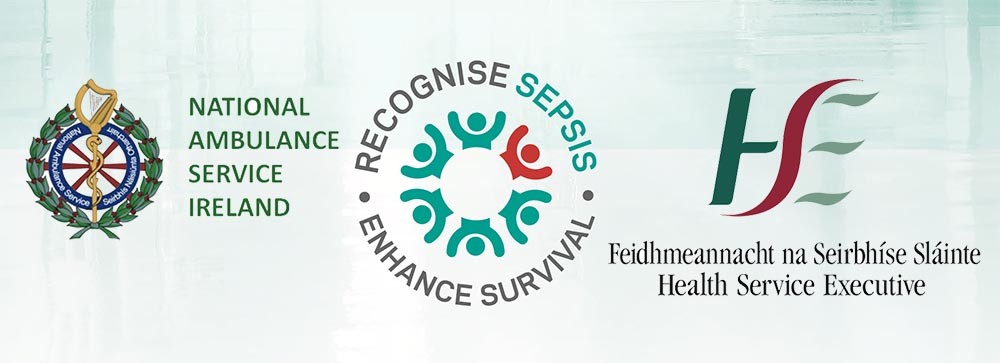Today, on World Sepsis Day, the HSE is encouraging everyone to be aware of Sepsis and to familiarise themselves with the signs and symptoms, and most importantly to ask the question ‘Could it be Sepsis?’
Sepsis can develop from any infection and can affect anyone but is more common in young people, the elderly, people with pre-existing medical conditions or those with a weakened immune system. Sepsis can be difficult to diagnose as it can be easily confused with other conditions in the early stages of infection.
Minister for Health, Stephen Donnelly said: “Today, on World Sepsis Day, I am pleased to endorse the NCEC National Clinical Guideline for the Irish health service which covers Sepsis Management in adults and maternity patients. This will be implemented across the health service to help support safe, high-quality care for patients.
“Building on work in previous years to improve sepsis management, I see the publication of this guideline as a further advance in improving the standard and consistency of care for patients with sepsis across the country.
“I welcome this new clinical guideline along with the HSE’s 2019 Annual Report and their plan for sepsis management for children.”
Speaking on Sepsis Awareness Day, Yvonne Young, HSE National Sepsis Team and Group Assistant Director of Nursing, UL Hospital Group says; “The most effective way to reduce death from sepsis is by prevention; good sanitation, personal hygiene, healthy eating, exercising moderately, breastfeeding, avoiding unnecessary antibiotics and vaccination against vaccine-preventable infections.
“The next most effective way is through early recognition and treatment. However, this is not always straightforward. Sepsis evolves over time and the pace of development depends on each individual patient’s health status, their genetic response to infection and the characteristics of the infection.”

The most commonly reported symptoms of Sepsis include;
Slurred speech, confusion, excessive drowsiness
Excessive sleepiness or drowsiness, confusion
Pain or discomfort in the muscles or joints, passing very little or no urine
Severe breathlessness, a racing heart, shivering, fever, feeling very cold
“I feel like I’m going to die”
Skin changes pale, cold, discoloured skin or a rash that won’t fade when pressed on.
In children the signs to look out for include;
Abnormally cold to touch
Skin looks mottled, bluish or pale
Breathing very fast
Is unusually sleepy and difficult to wake
Has a rash that does not fade when you press it
Having fits or convulsions
Also in children under five;
Not feeding
Vomiting repeatedly
Has not had a wet nappy in the last 12 hours
Nora Cunningham lost her baby son Eoghan to sepsis shortly before his first birthday. Nora’s message is “Look after your family, use good hand hygiene, stay as healthy as you can and make sure vaccinations are up to date. Know the signs and symptoms of sepsis, particularly if your loved one has an infection, and as a parent if you feel your child isn’t right, they probably are not alright, seek urgent help, don’t wait and it might save their life.”
Former Ireland international footballer Stephen Carr lost his mother, a fit and healthy 64 year old, to sepsis. “My mam just had the normal flu, wasn’t really shaking it off.” Over the course of a week, Stephen’s mother deteriorated and by the time she got to hospital she was diagnosed with sepsis. “Doctors did everything they could, but it was just too late, she had sepsis going on. I think you have to question everything if you’re not getting better. The question is “Have I got sepsis now?”
For more information about sepsis and how to recognise the signs see https://www.hse.ie/eng/about/who/cspd/ncps/sepsis/ and follow #SepsisAwarenessMonth #StopSepsis on the HSE’s social media channels.
